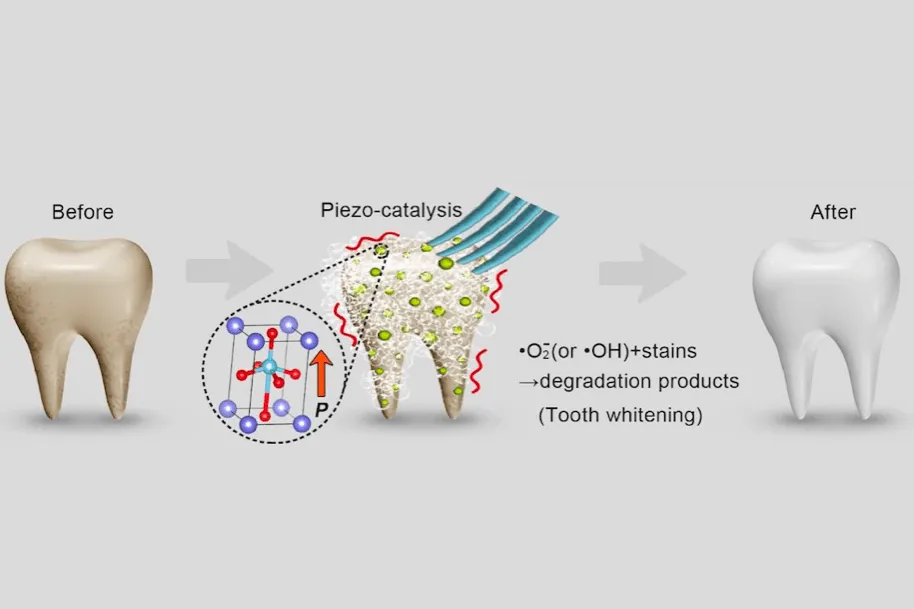Teeth whitening is a popular cosmetic procedure, but many people worry about its impact on their teeth, particularly the enamel. Understanding the relationship between teeth whitening and enamel is crucial for making informed decisions about your oral health. This article explores how teeth whitening works, the potential risks to enamel, and how to minimize any damage. We’ll delve into the science behind enamel, the different whitening methods available, and the best practices for maintaining a healthy, bright smile without compromising your dental well-being. This comprehensive guide will help you navigate the world of teeth whitening with confidence, ensuring you can achieve a dazzling smile while protecting your precious enamel.
The Impact of Teeth Whitening on Enamel
The primary concern with teeth whitening is its potential impact on tooth enamel. Enamel is the hard, protective outer layer of your teeth, and it plays a vital role in protecting the underlying dentin and pulp. While teeth whitening can be a safe and effective procedure, it’s essential to understand how it interacts with enamel and what steps can be taken to mitigate any risks. Overuse or improper application of whitening treatments can lead to enamel erosion, sensitivity, and other dental issues. However, with the right approach and professional guidance, you can enjoy a brighter smile while safeguarding the health of your teeth. The key lies in understanding the science behind the process and making informed choices about your oral care.
Understanding Tooth Enamel
What is Tooth Enamel Made Of

Tooth enamel is primarily composed of hydroxyapatite, a mineral that gives it its strength and hardness. This mineral structure is approximately 96% mineral, with the remaining 4% consisting of water and organic material. The tightly packed mineral structure is what makes enamel the hardest substance in the human body. This hardness allows enamel to withstand the forces of chewing and protect the sensitive inner layers of the tooth. The crystalline structure of hydroxyapatite is porous, which means it can absorb stains from food, drinks, and other substances. This porosity is why teeth whitening treatments are effective, as they work by penetrating the enamel and breaking down these stain molecules.
Why Enamel is Important
Enamel is essential for several critical functions. First and foremost, it protects the underlying dentin and the pulp, which contains the nerves and blood vessels of the tooth. Without enamel, teeth would be extremely sensitive to temperature changes, pressure, and chemicals. Enamel also provides the smooth, white surface of the teeth, contributing to a healthy and attractive smile. Furthermore, it plays a role in the process of chewing and biting, allowing us to break down food effectively. Protecting enamel is crucial for long-term oral health and overall well-being. Any damage to enamel, such as erosion or wear, can lead to increased sensitivity, a higher risk of cavities, and ultimately, the need for more extensive dental treatments.
How Teeth Whitening Works
Teeth whitening treatments work by using bleaching agents, typically hydrogen peroxide or carbamide peroxide, to penetrate the enamel and break down stain molecules. These stain molecules, which accumulate over time from food, drinks, and tobacco use, are what cause teeth to appear yellow or discolored. The bleaching agents oxidize these molecules, effectively lightening them and restoring the natural whiteness of the teeth. The concentration of the bleaching agent and the duration of the treatment determine the extent of the whitening. While effective, the process can potentially affect the enamel, which is why it’s crucial to understand the methods and potential risks involved. The goal is to achieve a brighter smile while minimizing any negative impact on the enamel’s structure and health.
Types of Teeth Whitening Treatments
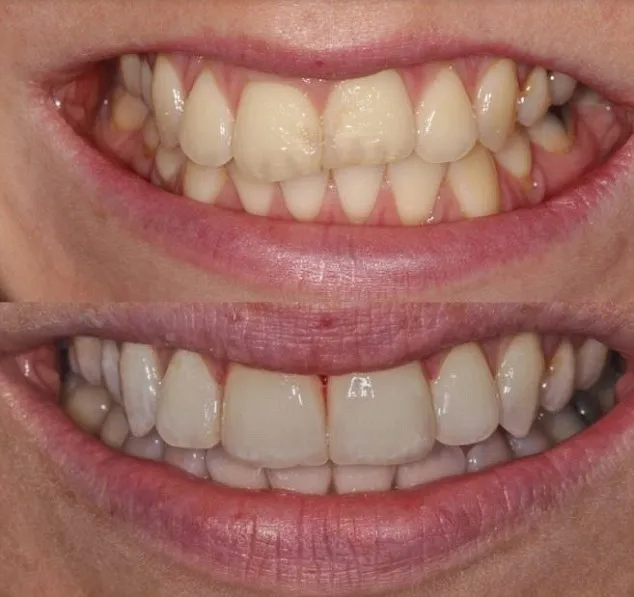
Teeth whitening treatments are available in several forms, each with its own advantages and potential drawbacks. Professional teeth whitening, performed by a dentist, often involves a higher concentration of bleaching agents and can produce faster and more dramatic results. At-home whitening kits, available over-the-counter or prescribed by a dentist, typically use lower concentrations of bleaching agents and require more time to achieve noticeable results. These kits include whitening strips, trays, and toothpastes. Another option is in-office whitening, where the dentist applies the whitening solution and uses a special light to enhance the bleaching process. Each method has its own level of effectiveness and potential impact on enamel, making it important to choose the right option based on your individual needs and preferences.
The Role of Bleaching Agents
Bleaching agents, such as hydrogen peroxide and carbamide peroxide, are the active ingredients in teeth whitening products. These agents penetrate the porous enamel and break down the stain molecules that cause discoloration. Hydrogen peroxide is the more potent of the two, and carbamide peroxide breaks down into hydrogen peroxide. The concentration of the bleaching agent is a significant factor in determining the effectiveness and potential impact on enamel. Higher concentrations generally lead to quicker and more pronounced whitening results, but they also increase the risk of enamel sensitivity and irritation. The choice of concentration, along with the duration of the treatment, should be carefully considered to achieve the desired results while minimizing any adverse effects on the enamel. Consulting with a dental professional is essential to determine the appropriate concentration and treatment plan.
Potential Risks to Enamel
While teeth whitening can be safe and effective, there are potential risks to enamel that must be considered. Overuse of whitening products, using products with excessively high concentrations of bleaching agents, or improper application can all lead to damage. One of the primary concerns is enamel erosion, which can weaken the enamel and make teeth more susceptible to sensitivity and cavities. Another potential risk is gum irritation, as the bleaching agents can come into contact with the soft tissues of the mouth. Understanding these risks and taking preventative measures can help ensure a positive teeth whitening experience. Consulting a dentist can help assess your oral health, determine the suitability of whitening, and provide guidance on how to minimize any potential harm.
Enamel Erosion and Sensitivity
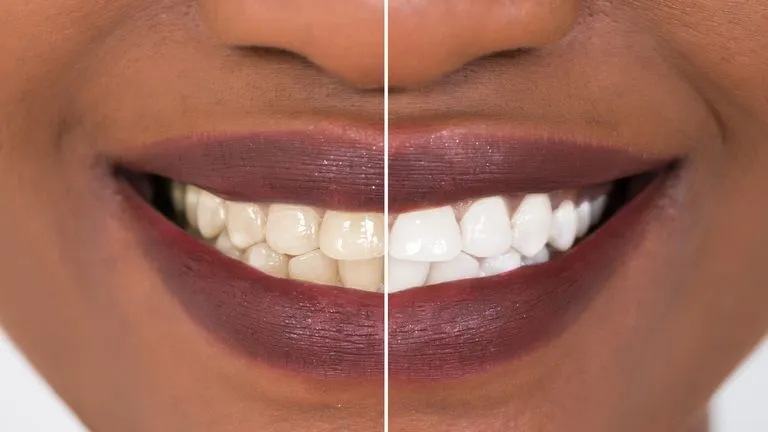
Enamel erosion is a significant risk associated with teeth whitening. Excessive exposure to bleaching agents can weaken the enamel, making it more porous and susceptible to further damage. This erosion can lead to increased tooth sensitivity, as the underlying dentin, which contains nerve endings, becomes exposed. Hot and cold foods and drinks can cause sharp, sudden pain. Enamel erosion also increases the risk of cavities, as the weakened enamel is less able to protect the tooth from bacteria and acid. The extent of enamel erosion depends on factors such as the concentration of the bleaching agent, the duration of the treatment, and the individual’s oral health. Avoiding over-whitening and following the dentist’s instructions can greatly reduce the risk of enamel erosion and sensitivity. Using toothpaste that contains fluoride helps remineralize the enamel.
Gum Irritation and Whitening
Gum irritation is another potential side effect of teeth whitening. The bleaching agents used in whitening treatments can irritate the soft tissues of the mouth, particularly the gums. This irritation can manifest as redness, swelling, and soreness. The risk of gum irritation is higher if the whitening product comes into direct contact with the gums, which can happen if trays do not fit properly or if the product is applied incorrectly. To minimize gum irritation, it’s crucial to follow the instructions carefully, ensure that the whitening trays fit snugly, and avoid overfilling the trays. Some dentists also recommend using a desensitizing toothpaste to reduce discomfort. If gum irritation occurs, it’s essential to stop using the product and consult with a dentist. Protecting the gums is crucial for a comfortable and successful teeth whitening experience.
How to Minimize Enamel Damage
Minimizing enamel damage during teeth whitening involves several important steps. The most critical is to consult with a dentist before starting any whitening treatment. A dentist can assess your oral health, determine if whitening is appropriate for you, and recommend the safest and most effective method. Using products with lower concentrations of bleaching agents can also help reduce the risk of enamel damage. Following the instructions carefully and avoiding overuse are essential. It’s also beneficial to use a toothpaste that contains fluoride, as fluoride helps strengthen the enamel and remineralize the teeth. Drinking plenty of water after whitening can help to rinse away any residual bleaching agents and protect the enamel. Regular dental check-ups are also important to monitor your oral health and address any potential issues promptly.
Choosing the Right Whitening Method
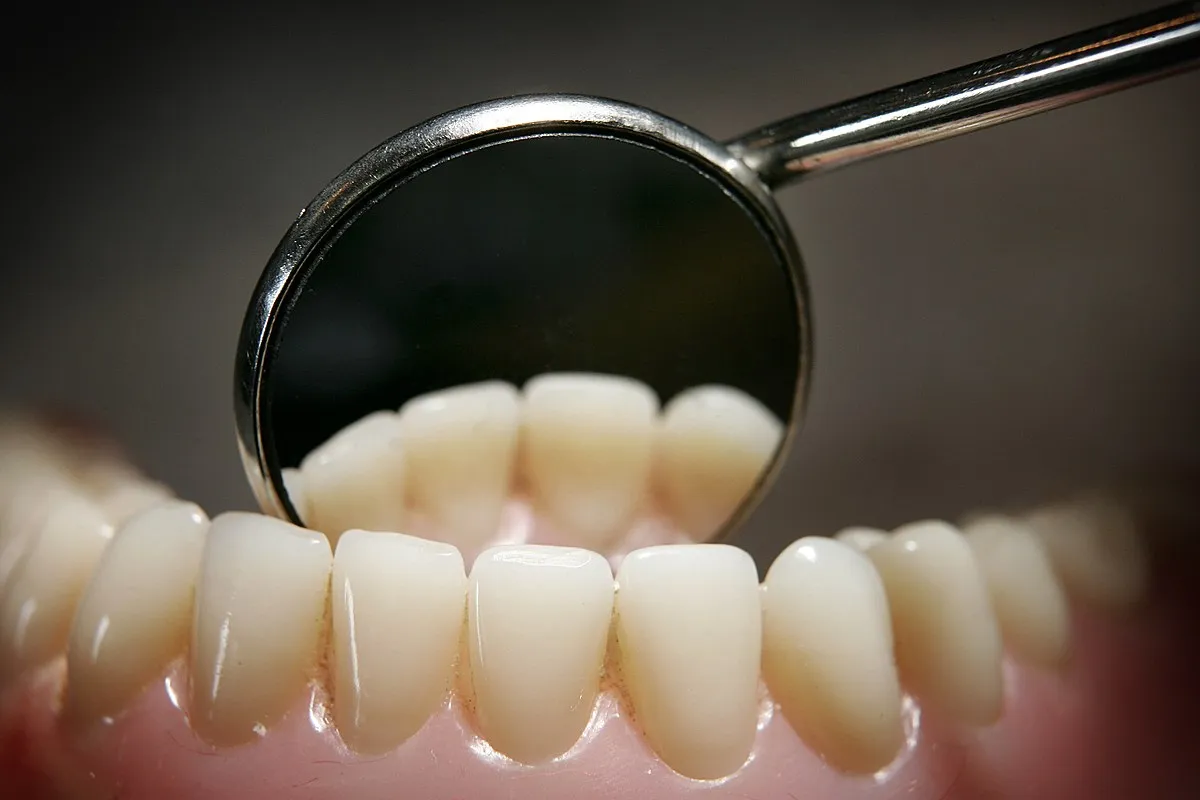
Choosing the right whitening method depends on individual needs, preferences, and oral health. Professional teeth whitening performed by a dentist offers the most controlled environment and can produce the most dramatic results. The dentist can monitor the process closely and take steps to minimize any potential risks to enamel. At-home whitening kits, which include whitening strips, trays, and toothpastes, are more convenient and affordable but require more time to achieve results. When choosing an at-home kit, it’s essential to select a reputable brand and follow the instructions carefully. Consider factors like the concentration of the bleaching agent, the duration of the treatment, and any potential for sensitivity. Always consult with your dentist to get personalized recommendations and ensure the chosen method is suitable for your specific situation.
Proper Oral Hygiene Practices
Maintaining proper oral hygiene is crucial for protecting enamel and ensuring a healthy, bright smile. Brushing your teeth twice a day with fluoride toothpaste is essential, as it helps remove plaque and bacteria that can erode enamel. Flossing daily removes food particles and plaque from between teeth, where brushing can’t reach. Limiting sugary and acidic foods and drinks, which can contribute to enamel erosion, is also important. Regular dental check-ups and cleanings help to remove plaque and tartar, which can damage enamel. Using a soft-bristled toothbrush and brushing gently can also help prevent enamel wear. Making these practices part of your daily routine is fundamental to long-term oral health. Maintaining excellent oral hygiene before, during, and after teeth whitening can protect the enamel and prolong the results.
Professional vs. At-Home Whitening
The choice between professional and at-home teeth whitening depends on your individual needs and preferences. Professional whitening, performed by a dentist, offers several advantages. Dentists have the expertise and tools to monitor the process closely and take steps to minimize any potential risks to enamel. They can also use higher concentrations of bleaching agents, resulting in faster and more dramatic whitening. At-home whitening kits are more convenient and affordable but may not produce the same level of results and require more time. The key consideration is the level of control and professional guidance. Professional whitening provides a safer, more controlled environment. However, if you choose an at-home kit, it is important to follow the instructions carefully, be patient, and consult with your dentist if you have any concerns.
Benefits of Professional Whitening
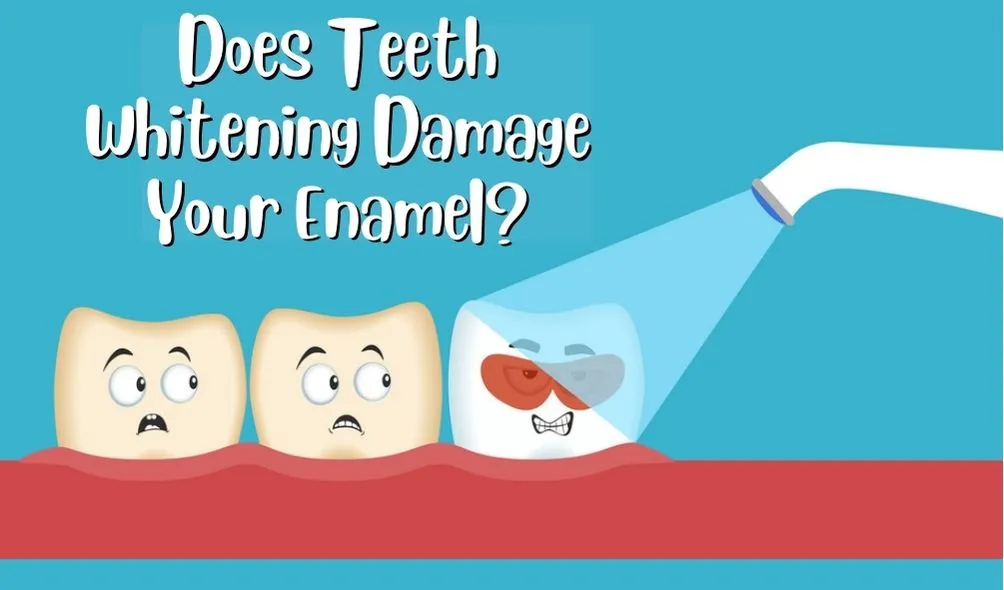
Professional teeth whitening offers several significant benefits. First, it provides a higher level of control and safety. Dentists can assess your oral health, determine the most suitable whitening method, and monitor the process to minimize any potential risks to enamel. They can also use stronger bleaching agents, which can lead to faster and more dramatic results. Professional whitening is also more effective at removing stubborn stains that at-home kits may not be able to address. In-office whitening sessions are usually completed in about an hour, and you can get a brighter smile immediately. Regular dental check-ups and professional cleanings can complement whitening treatments. Professional whitening offers the most predictable and safe approach to achieving a brighter, healthier smile.
Risks of At-Home Kits
At-home whitening kits, while convenient and affordable, come with some potential risks. The primary risk is the potential for enamel damage if the instructions are not followed correctly or if the product is overused. The concentrations of bleaching agents in these kits can vary, and improper use can lead to enamel erosion, sensitivity, and gum irritation. Another risk is that at-home kits may not be as effective as professional whitening at removing stubborn stains or achieving significant results. Moreover, some individuals may experience uneven whitening if the trays do not fit properly or if the product is not applied evenly. It is essential to consult with a dentist before using an at-home kit to ensure it is suitable for your individual needs and to learn how to use it safely and effectively.
Long-Term Effects and Considerations
The long-term effects of teeth whitening depend on several factors, including the whitening method used, the frequency of treatment, and the individual’s oral hygiene habits. Over time, teeth can gradually re-stain from food, drinks, and tobacco use. Periodic touch-up treatments may be needed to maintain the desired level of whiteness. The long-term impact on enamel is also a critical consideration. Proper oral hygiene, including regular brushing, flossing, and dental check-ups, can help protect the enamel and extend the results of whitening. It’s essential to be mindful of the potential for enamel damage and to take steps to minimize any risks. Regular dental visits allow for monitoring the health of the teeth and addressing any issues that may arise.
Maintenance and Aftercare

Proper maintenance and aftercare are crucial for preserving the results of teeth whitening and protecting enamel. Avoiding foods and drinks that can stain teeth, such as coffee, tea, red wine, and berries, is essential. Brushing your teeth after consuming these items can also help to prevent staining. Using a whitening toothpaste can help to maintain the brightness of your smile, but it should be used as directed and not excessively. Regularly flossing and visiting the dentist for check-ups and cleanings can also help maintain the results. Additionally, it is wise to use a fluoride toothpaste to help remineralize the enamel. Proper aftercare will help you to enjoy a bright and healthy smile for a long time.
Regular Dental Check-ups
Regular dental check-ups are an essential part of maintaining oral health and protecting the results of teeth whitening. During these check-ups, your dentist can assess your overall oral health, identify any potential issues, and provide professional cleanings to remove plaque and tartar. They can also monitor the condition of your enamel and check for any signs of erosion or damage. Regular check-ups allow you to address any concerns promptly. Furthermore, your dentist can offer personalized recommendations for maintaining a healthy smile. Following your dentist’s advice and attending regular check-ups are the best ways to ensure a healthy, bright smile for years to come. Make sure to discuss your teeth whitening treatments with your dentist during these visits.
Final Thoughts
Teeth whitening can be a safe and effective way to enhance your smile. However, it’s essential to understand the potential impact on enamel and take steps to minimize any risks. By choosing the right whitening method, following the instructions carefully, practicing proper oral hygiene, and consulting with your dentist regularly, you can achieve a brighter, healthier smile while protecting your enamel. Prioritize your oral health, and you will enjoy the benefits of a beautiful smile without compromising your teeth’s well-being. Remember that prevention and informed decisions are the keys to a successful and lasting teeth whitening experience. Always consult with a dental professional to determine the best course of action for your specific needs and to ensure a healthy, radiant smile.
